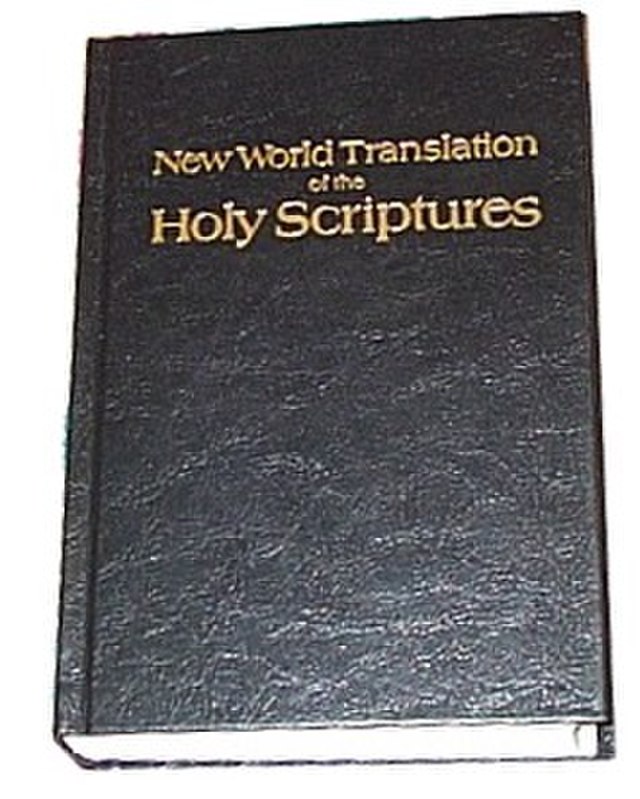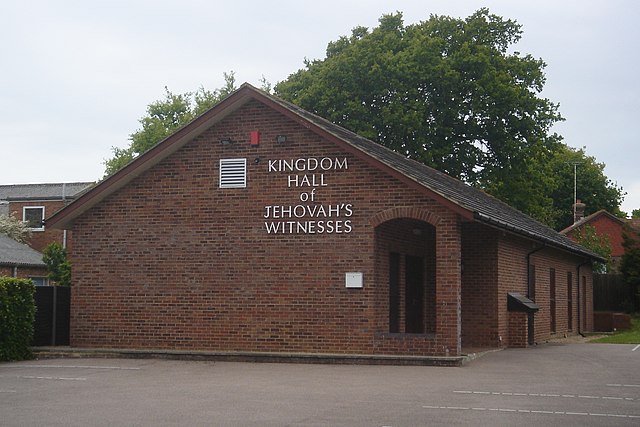Introduction
The Jehovah’s Witnesses are known for using their own version of the Bible, commonly referred to as the “New World Translation” (NWT). While it shares many similarities with other translations, there are distinct differences, particularly in passages that bear on the Witnesses’ unique doctrines. In this article, we will compare the NWT with traditional translations, using specific examples to highlight key differences.
Introduction of the Divine Name: “Jehovah”
One of the most noticeable differences in the NWT is the frequent use of the name “Jehovah” in the New Testament. In most traditional translations, the Greek term “Kyrios” is rendered as “Lord”. But the NWT replaces it with “Jehovah”, arguing that the original texts likely contained the divine name and it was later removed.
Example:
- Romans 10:13 (NWT): “For everyone who calls on the name of Jehovah will be saved.”
- Romans 10:13 (NIV): “For, everyone who calls on the name of the Lord will be saved.”
Jesus’ Divine Status
There are several verses in the Bible traditionally understood to affirm the deity of Jesus Christ. In the NWT, however, these verses are often translated in ways that reflect the Jehovah’s Witnesses’ belief that Jesus is a created being and not God himself.
Example:
- John 1:1 (NWT): “In the beginning was the Word, and the Word was with God, and the Word was a god.”
- John 1:1 (NIV): “In the beginning was the Word, and the Word was with God, and the Word was God.”
The Holy Spirit’s Nature
Traditional Christian doctrine holds that the Holy Spirit is a person within the Trinity. However, Jehovah’s Witnesses view the Holy Spirit as God’s impersonal active force. This belief is reflected in their translation.
Example:
- Acts 5:32 (NWT): “And we are witnesses of these matters, and so is the holy spirit, which God has given to those obeying him as ruler.”
- Acts 5:32 (ESV): “And we are witnesses to these things, and so is the Holy Spirit, whom God has given to those who obey him.”
Jesus’ Resurrection
Jehovah’s Witnesses believe that Jesus was resurrected as a spirit, not bodily. This belief influences their translation of verses related to the resurrection.
Example:
- 1 Peter 3:18 (NWT): “For Christ died once for all time for sins, a righteous person for unrighteous ones, in order to lead you to God. He was put to death in the flesh but made alive in the spirit.”
- 1 Peter 3:18 (NIV): “For Christ also suffered once for sins, the righteous for the unrighteous, to bring you to God. He was put to death in the body but made alive in the Spirit.”
The Cross
The NWT avoids translating the Greek word “stauros” as “cross”. Jehovah’s Witnesses believe Jesus died on an upright stake, not a traditional cross.
Example:
- Philippians 2:8 (NWT): “he humbled himself and became obedient to the point of death, yes, death on a torture stake.”
- Philippians 2:8 (ESV): “And being found in human form, he humbled himself by becoming obedient to the point of death, even death on a cross.”
Conclusion
The New World Translation reflects the distinctive beliefs and doctrines of the Jehovah’s Witnesses. While it has been praised by some for its clear, modern language, critics argue that it sometimes strays from the original text to accommodate these beliefs. As with any religious text, it’s essential for readers to approach it critically, understanding the context and beliefs of its translators.
Discussion Questions:
- How does the introduction of the divine name “Jehovah” in the NWT influence the interpretation and understanding of New Testament verses, especially when compared to other traditional translations?
- In what ways does the New World Translation’s depiction of Jesus differ from mainstream Christian theology, and how might these differences impact theological discussions or interfaith dialogues?
- How do translators’ personal beliefs and biases influence their translations of religious texts, and what are the broader implications for interdenominational or interfaith understanding?
Want to Know More?
- “Truth in Translation: Accuracy and Bias in English Translations of the New Testament” by Jason David BeDuhn.Explanation: This book provides an in-depth analysis of nine different English translations of the New Testament, including the NWT. BeDuhn critically examines each translation’s accuracy and potential biases.
- “Jehovah’s Witnesses: Their Claims, Doctrinal Changes, and Prophetic Speculation. What Does the Record Show?” by Edmund C. Gruss.Explanation: Gruss offers an exploration into the history, teachings, and changes within the Jehovah’s Witnesses’ beliefs. It gives readers insights into the foundation of the doctrines that influenced the NWT.
- Official Website of the Watch Tower Society – JW.ORG.Explanation: This is the official website of the Jehovah’s Witnesses. It offers direct insights into their teachings, beliefs, publications, and rationale for certain doctrinal positions, including their unique Bible translation.



